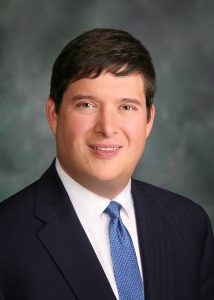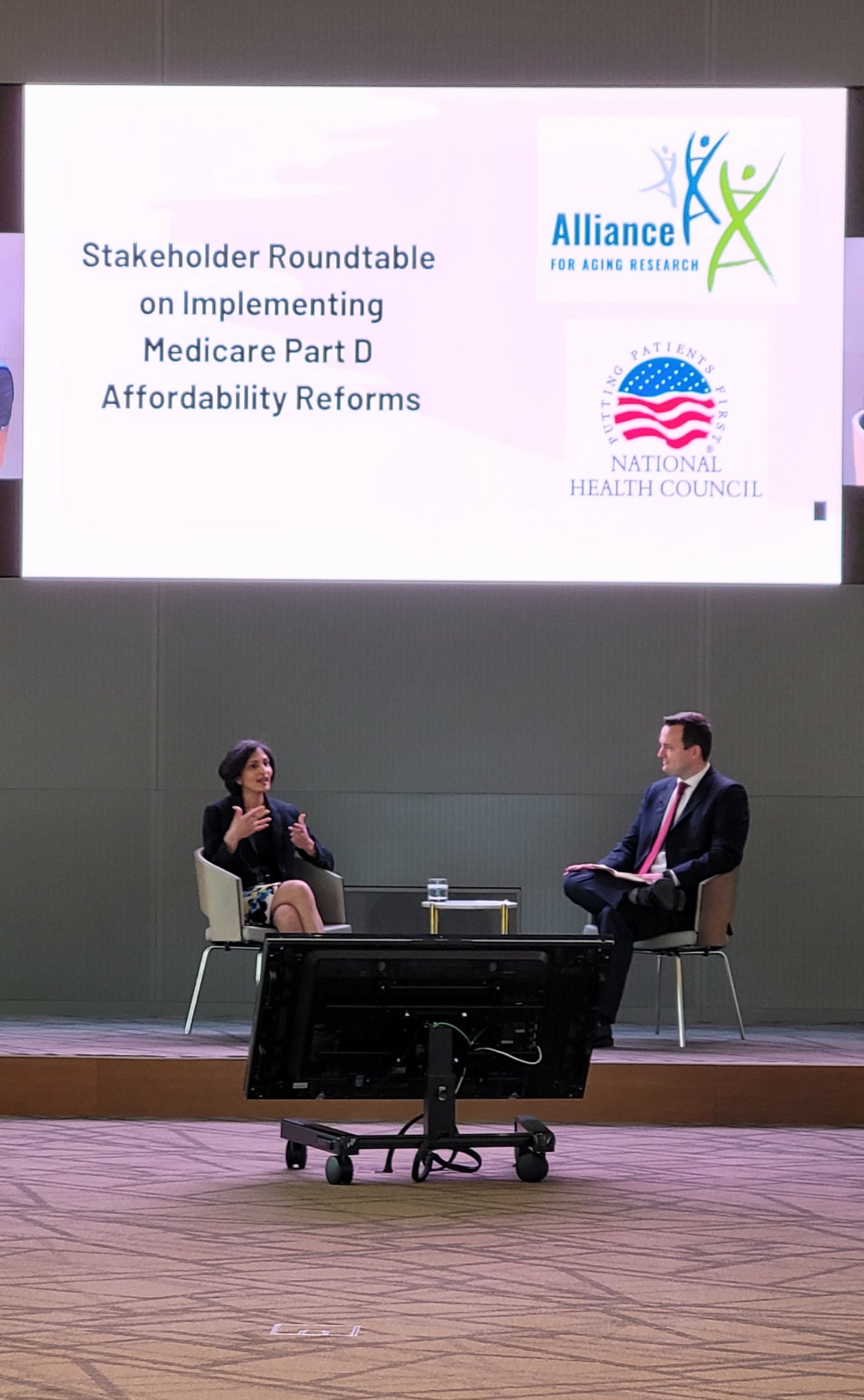
During my tenure as Chair of the Board of Directors of the Alliance for Aging Research, I’ve had the privilege of getting an “insiders” view of its work, and participating in its programs. At all times, I am reminded of their guiding focus: accelerating the pace of scientific discoveries and their application to vastly improve the universal human experience of aging and health.
Nowhere has this focus been more evident than in their recent work on investigating ways to control high out-of-pocket costs for Medicare enrollees. This past June, the Alliance hosted a meeting to identify areas of agreement between various stakeholder groups to lower out-of-pocket (OOP) costs. Following the meeting, Alliance leadership reported that attendees generally agreed that a Part D OOP cap and a “smoothing” mechanism could help financially struggling Medicare beneficiaries.
This initial meeting was followed by a day of intense round-table discussions on the viability of these approaches, as well as a review of the results of “Part D Medicare Beneficiaries Attitudes on Out-of-Pocket Costs and Policy Proposals,” a survey sponsored by the Alliance. I participated in the round-table discussions, lending my point of view based on my experiences at the Centers for Medicare & Medicaid Services and Capitol Hill. I reminded the group that the survey showed that the Part D program is a success with almost 90 percent of seniors. The first principle in making any changes to Medicare should be “Do No Harm.”
Additionally, it’s important to note that out-of-pocket expenses include premiums, deductibles, and copayments for drugs. Lowering deductibles and copayments or adding a cap could increase premiums or require more restrictive formularies. Either approach could destabilize the current landscape of the entire Medicare program, and lead to lower satisfaction among the senior population as a whole.
At the end of the day, the key limiting factor to all of these suggestions is money. Out of the $700 billion Medicare spends on benefits annually, it spends about $100 billion on Part D. Without increasing spending, Congress and the Administration will need to choose whether to redistribute costs or reduce benefits. Both approaches present possible revolt among senior voters who go to the polls in great numbers.
None of this is to deny the critical needs of a small segment of Medicare recipients in managing their healthcare costs. I’m confident that the Alliance for Aging Research will lead the way in pointing towards a science-based, carefully-researched, workable, and balanced approach. And I am just as confident that ultimately, working together and with the leadership of the Alliance, we will find a way to vastly improve the universal human experience of aging for these seniors who are so unfairly burdened with staggering healthcare costs.
Jim Scott serves as the chair of the Alliance for Aging Research’s Board of Directors. He is also the president and CEO at Applied Policy in Washington, D.C.






